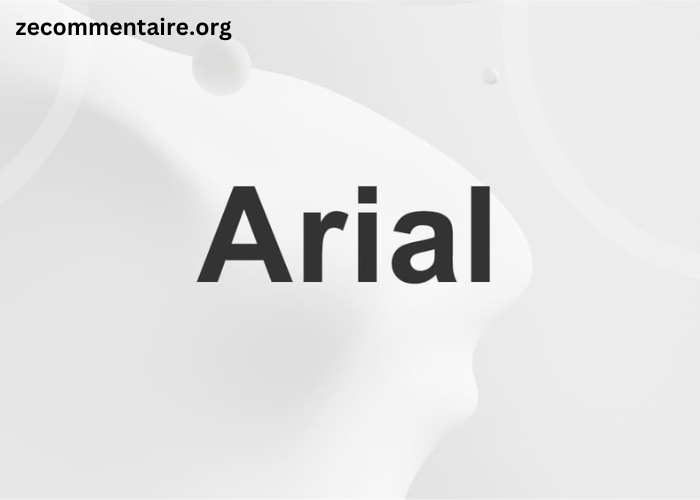In today’s digital world, English fonts are more than just a way to display text. They are tools that allow us to communicate tone, style, and personality, all while making our messages more visually engaging. From business documents to social media posts, English fonts can elevate the presentation of written content in countless ways. In this article, we will explore various purposes for which you can use different types of English fonts and how each serves a specific function in communication.
Professional Documents and Formal Communication
When creating professional documents such as resumes, cover letters, business reports, or official correspondence, the choice of font plays a crucial role in maintaining a clean, serious, and credible appearance. Serif fonts are traditionally used in these contexts due to their classic, authoritative feel. These fonts are easy to read, especially for long-form documents, and are widely accepted in corporate and academic environments.
Sans-serif fonts are also popular for professional documents, particularly in digital communication, like emails and web content. They provide a modern, straightforward aesthetic and ensure clarity on screens. Choosing the right font for professional settings can enhance the readability and overall impression of your document.
Web Design and User Interfaces
The font you choose for your website plays a vital role in creating a pleasant user experience. Web-safe fonts are commonly used in web design due to their legibility across different devices and operating systems. These fonts ensure that your website’s text is clear and easy to read on any screen size.
Creative Projects and Graphic Design
In graphic design, fonts are not only functional but also an essential tool for artistic expression. Designers use fonts to set the tone of their work, whether it’s a vibrant poster, an album cover, or an editorial layout. Display fonts, which are often bold and highly stylized, are perfect for headlines, titles, and promotional content.
On the other hand, script fonts, are ideal for projects that need to convey elegance, formality, or a hand-crafted feel. These fonts are often used in invitations, greeting cards, and wedding announcements. Graphic designers can mix and match different types of fonts to create striking compositions that communicate the message in a visually captivating way.
Personal and Creative Expression
Fonts can also be used for personal and creative expression. Whether you’re creating social media posts, personalized stationery, or artistic projects, the font you choose can reflect your personality and style.
Fonts are also a popular tool in crafting DIY projects such as scrapbooking, posters, and event invitations. The variety of free and premium fonts available online gives individuals the freedom to choose fonts that fit the mood and theme of their project.
Enhancing Readability in Publications
For books, magazines, and articles, readability is a primary concern. Serif fonts are traditionally used in print media because they help guide the reader’s eye along lines of text, improving flow and comprehension. Classic fonts are often chosen for their elegant and legible qualities, especially in long-form reading.
However, in the era of digital reading, sans-serif fonts have become standard for online publications and eBooks, as they are easier to read on screens. The use of appropriate fonts ensures that the text remains accessible to a wide audience, keeping the reading experience comfortable and engaging.
Conclusion
An english font is a powerful tool that can enhance the impact of your message. Whether you’re crafting professional documents, building a brand identity, designing a website, or working on a personal creative project, the right font can help you communicate your ideas more effectively. By understanding the various purposes and functions of different fonts, you can select the perfect typeface to match the tone, style, and audience of your content.





